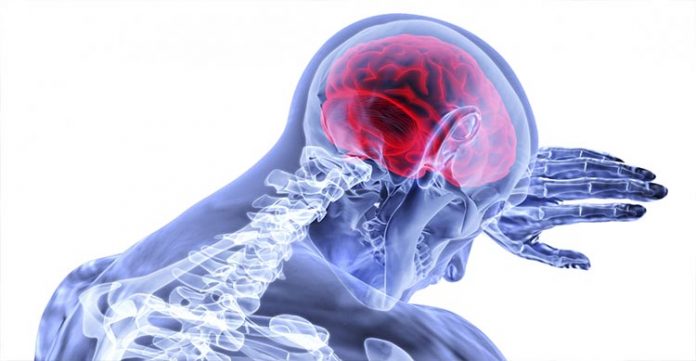Paving way for a personalised therapy based on objective data, the doctors in Hyderabad have recently conducted first of its kind Deep Brain Stimulation (DBS) procedure using a new device with sensing technology to treat Parkinson’s disease that helps tracking of patient brain signals more precisely.
Parkinson is a progressive disease that primarily affects the central nervous system. The condition eventually causes severe disability due to the increasing severity of treatment-resistant motor problems and non-motor symptoms. To ascertain it on a larger scale, the need is to raise awareness on the new treatment modalities for PD, which is enabling people with this condition to lead a better quality of life.
A 59 year old male patient suffering from Parkinson disease for almost 7 years with symptoms like stiffness, tremor, and difficulty in walking, has undergone DBS procedure at a city based Hospital in Secunderabad. The patient is now responding well and on his way to recovery. He will be able to lead a better life with precautions.
ALSO READ: UP govt to raise retirement age of doctors to 70 years
“Medications and surgical treatments may control motor symptoms of Parkinson’s disease. Physical therapy can also help but the treatment typically starts with medication which helps in improving the motor symptoms by increasing dopamine in the brain or mimicking its effects. New modalities today, such as DBS therapy have transformed the method of PD treatment. This therapy for movement disorders has gained acceptance and widespread clinical use in recent years,” explained Dr Manas Panigrahi, HOD & Sr. Consultant Neurosurgeon, KIMS Hospital.
Shedding more light over the new and an advanced way of treatment, Dr.Dhanunjaya Rao Ginjupally, Stereotactic and Functional Neurosurgery, KIMS Hospital said, “DBS procedure is used as an adjunctive therapy for reducing some of the symptoms in individuals with levodopa-responsive Parkinson’s disease for over 4 years which cannot be adequately controlled with medication.”
In DBS, a small pacemaker-like device placed under the skin of the chest or abdomen to send electrical signals through very thin wires (leads) specifically to a targeted area in the brain passing the symptoms of a neurological disorder.
Advocating the scope of awareness, he too suggested that “There is a need to raise awareness about the treatment option and its benefits some of which include better tracking of patient brain signals to correlate with patient-recorded actions or experiences such as symptoms, side-effects, or medication intake.”







